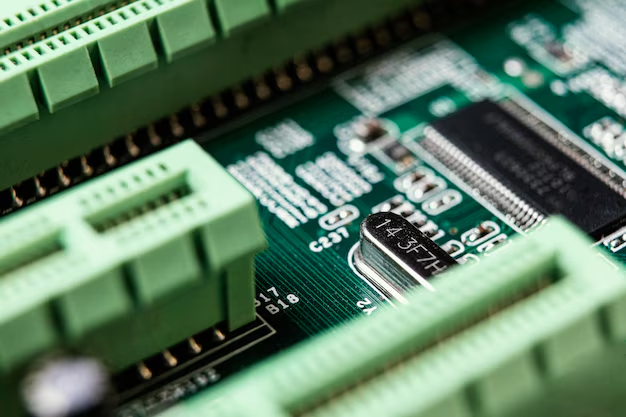Printed Circuit Board (PCB) Layer Stackups
Printed Circuit Board Layer Stackups
When it comes to stackups, let Kingsignal be your guide in this vortex and your electronic weapons be well prepared. Do you require a perfect interface with your design applications? Our impedance models make it effortless, and what we are going to do is we’ll illustrate how we can turn impedance into an advantage by focusing on optimizing various aspects of it, such as speed, cost, and quality. Design digital and analog impedance matched PBC stackups that do not bow or twist, enhancing task and reliability.

All About PCB Layer Stackups
Layering of PCB just implies a means of obtaining several printed circuit boards in a single device by placing the several ones over the other while at the same time ensuring the existence of a certain relationship between the layers. Thus, these multilayer PCBs, whereby the speed and functionality of a device can be multiplied, are defined to be a minimum of three layers of conductive materials, whereby the final layer of conductive material is synthesized with the insulation board.
Although a PCB stacking can provide numeration of benefits such as low impedance mismatch and eliminating signal cross-talk issues, stacking of printed circuit board layers also have its complications.
Some problems with PCB multilayer stacking can include:
- Increased EMI Radiation: This is possible in instances where the stack was designed in an improper manner, and there is signal impedance mismatch which makes signals to be reflected within the stacks. The problem would not be of relevance if proper stacking design is applied so as to minimize matching and its implications.
- Interlayer Offset: In regard to interlayer offset problem, it is advised that where board side design is concerned, one should avoid it in future by using hot-melting and rivet-and-dowel method.
- Stackup Measling: Measling when stacking your boards can be countered by assembling the boards with silicon pads, epoxy plate while stacking. This will apply equal pressure and also will avoid measling while at the same time maintaining an equal thickness of the board.
Other Printed Circuit Board Stackup Considerations
A multilayer PCB stack should endeavor to meet the following five objectives:
- Connected ground and power planes that are as close to each other as is feasible Signal layers are always in the planes.
- Signal layers are always in the planes.
- Use of buried layers to route high-speed signals through internal planes to minimize the radiation.
- Multiple ground planes to reduce the impedance and radiation.
- Use of buried layers to route high-speed signals through internal planes to minimize the radiation.
It should be noted that some PCB stack does not require achieving all these goals. However, to address all five you will require an eight-layer board. Still, as much of these as possible should be realized in your stackup design and consult your PCB engineering department to find out which of these goals is of the highest importance in boards with less than eight layers.
CONTACT US
For customers who require new products with complex circuit boards and have tight release schedules, we provide technology and expertise from prototype to production. You can contact us through the methods below to discuss your project with our technical experts immediately. We will be in touch within 24 Reply within hours.
If you already have documentation for your PCB or PCBA related needs, please submit a quick quote for a free evaluation.


